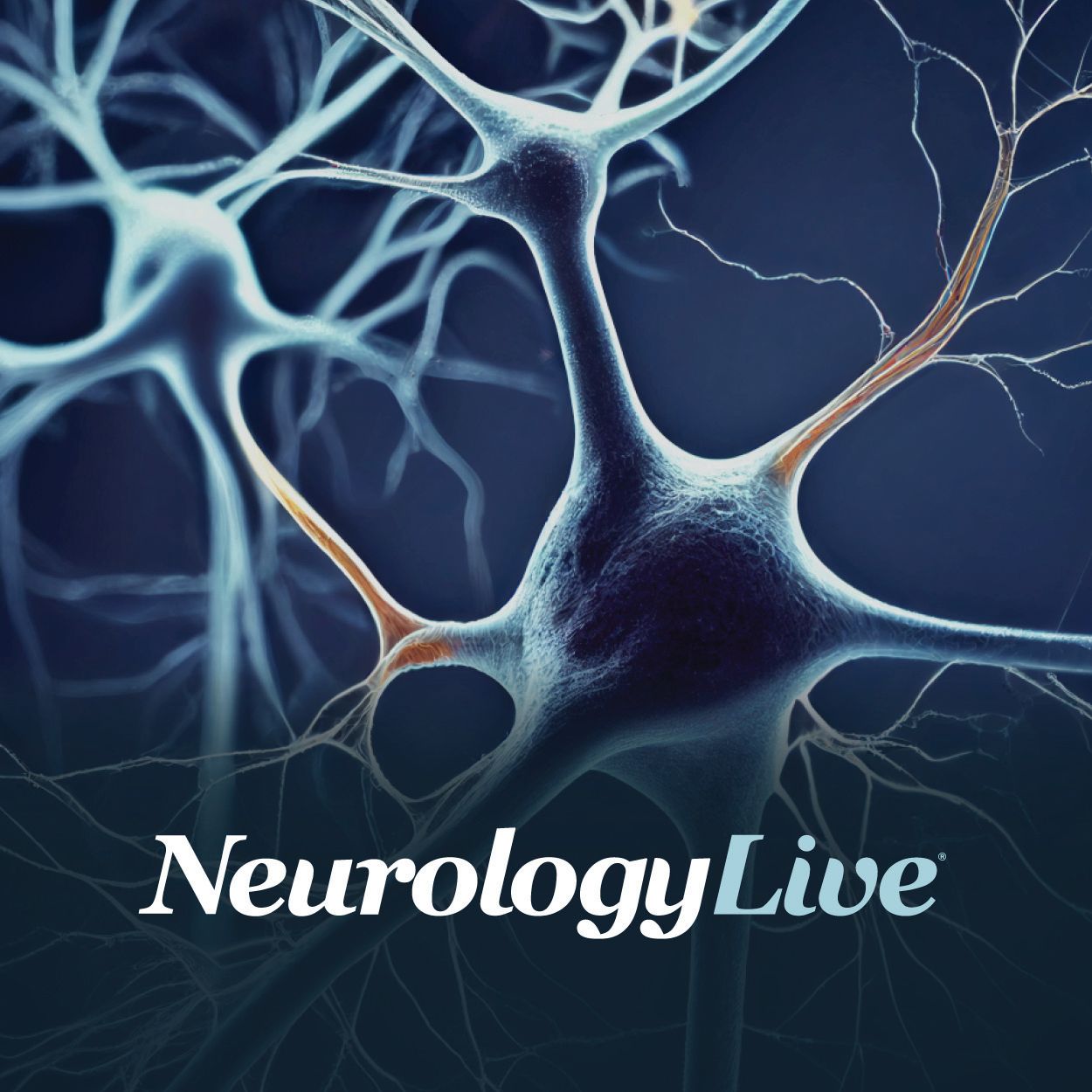Article
The Role of Nusinersen Treatment in Unsatisfactorily Treated SMA
Author(s):
Wildon Farwell, MD, MPH, shed some light on the ongoing phase 4 trial and what clinical insights might be gleaned from the data.
Wildon Farwell, MD, MPH

Biogen recently announced that the first patient had been dosed in its phase 4 RESPOND study (NCT04488133), which will evaluate nusinersen (Spinraza) in infants and children with spinal muscular atrophy (SMA) who still have unmet needs following treatment with gene therapy onsemnogene abeparvovec (Zolgensma; Novartis).1
The study expects to assess a total of 60 patients aged up to 3 years old using total score on the Hammersmith Infant Neurological Examination (HINE) Section 2 motor milestones score as the primary end point. Researchers will seek to understand if the proven efficacy of nusinersen and its mechanism of action, which leads to the continuous production of survival motor neuron (SMN) protein, may also benefit patients who have been insufficiently treated with gene therapy.
The primary study group will include 40 infants aged 9 months or younger (at the time of first nusinersen dose) who have 2 copies of SMN2 and received nusinersen at 6 months and older. A second study group will include 20 children within a broader age range (up to 3 years old at the time of first nusinersen dose).
To find out more about this study and the clinical community in neuromuscular disease should note about the assessment and its goals, as well as what insight it may offer about the treatment itself, NeurologyLive inquired with Wildon Farwell, MD, MPH, Global Medical Head of Neuromuscular Diseases, Biogen.
NeurologyLive: What should the neuromuscular clinical community know about this study and its goals? What information may it offer about nusinersen?
Wildon Farwell, MD, MPH: Spinal muscular atrophy (SMA) is a progressive, life-long disease requiring immediate treatment. As we continue to pursue improved outcomes for children with SMA, the need for additional benefit in some patients treated with gene therapy has been observed.
Preclinical data show that not all motor neurons are transduced by gene therapy, leaving some untreated.2,3 It has been reported that, to-date, 4 out of 10 patients in the long-term study of Zolgensma (onasemnogene abeparvovec) have subsequently been treated with Spinraza (nusinersen), in addition to real-world experience with Spinraza treatment following Zolgensma.4-7
Spinraza has demonstrated significant, ongoing benefit for a broad range of patients with SMA, including pre-symptomatic and symptomatic infants, and there is a compelling clinical rationale for the potential of additional efficacy with SPINRAZA following treatment with gene therapy.
To support the needs of the SMA community, the global Phase 4 RESPOND study will evaluate the efficacy and safety of Spinraza in patients with a suboptimal clinical response to Zolgensma. Physicians will use criteria that may include one or more of the following: suboptimal motor function (e.g., a score lower than 50 on the Children’s Hospital of Philadelphia Infant Test of Neuromuscular Disorders [CHOP INTEND]); the need for respiratory support; abnormal swallowing or feeding ability; or other factors deemed relevant by the investigator.
The study aims to understand the extent to which Spinraza could potentially improve outcomes for patients previously treated with gene therapy and generate valuable data to help inform future treatment decisions for our youngest SMA patients.
Transcript edited for clarity.


























